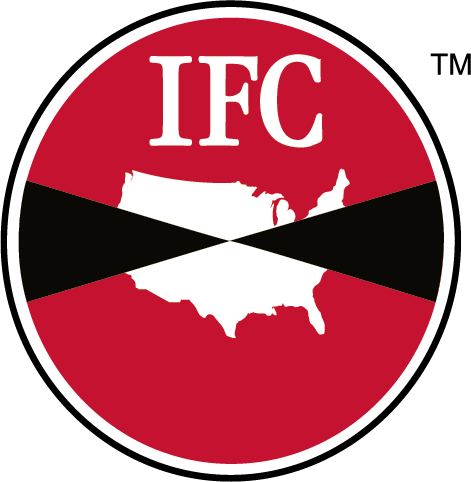Auditors and pests look for the same things: weak links in your facility’s sanitation program. Consistency is the key to keeping pests out and auditors happy. That’s why you can’t start preparing for an audit at the last minute; the time to start is now. After all, auditors can show up unannounced at any time. By maintaining a solid Integrated Pest Management (IPM) program throughout the year, your facility will be ready to ace the next audit. Your pest management professional (PMP) can provide you with more than just tips on how to keep pests out; use them as a partner in your food safety program to implement the latest in exclusion, sanitation and preventative maintenance programs.
Communicate
- Hold a meeting with your PMP and any other key stakeholders in the facility immediately after your audit, while things are fresh in your mind. Make a list of improvements that can be implemented before the next audit, and be sure to meet regularly to ensure things are on track throughout the year.
- Keep your pest management professional in the loop. Your PMP needs to know about new equipment or issues with old equipment to best service your facility. Make sure they are updated on all equipment and know about any leaks or production issues on an ongoing basis. These can have pest-related implications.
- Utilize your staff. Your staff is the front line of defense against pests and pest-related infractions on audits, so keep them aware of all changes to protocol, equipment and processes. Encourage them to speak up immediately if they detect any issues within the facility so that the issue can be corrected in a timely manner.
- Include your PMP in regular staff meetings to help keep them updated on new processes and procedures as wellas any modifications to the It will also help foster a relationship between your staff and the technician, which will lead to more open communication about pest sightings and issues.
- Don’t forget the supply chain. Your supply chain is a huge part of the success of your pest management program. Communicating up and down the chain about your sanitation standards, requirements and implementation practices can keep pests from entering your facility or finding your products once they have left your
- Know the standards you are being audited against and prepare to defend your program. If you don’t understand the rationale for a score from an auditor, it’s okay to ask for an explanation and even for you to defend the program in place. Some audit standards are becoming more flexible (e.g., placement of insect and rodent pest management devices based on monitoring experience and threat level). If your documentation proves what you are implementing is appropriate for your facility, then it is important to communicate that.
Implement Processes
- Develop a process, implement it and make it a routine. Because food processing facilities have a mix of personnel who keep the facility running, from night-shift workers to drivers who transport product in and out, it’s important to implement consistent processes that can be used each and every day to maintain a pest-free
- Make documentation a priority. Documentation is key to a successful IPM and sanitation program. These reports frequently provide notes on conducive pest conditions, observations on sanitation and maintenance needs and recommendations on how to improve these things. Document your processes in places that are easily accessible, as visible processes are much harder to ignore.
- Create a Master Sanitation Schedule. Use this as your guide and a checklist of what needs to be done. Most pest management documentation is summarized in a service notebook containing nine or ten sections, including contract/scope of service, insurance forms, personnel credentials, facility map and device locations, service reports, facility assessments, pest trend reports, pesticide information and more.
- Inform new employees. The onboarding process for new employees should include an overview of the pest management protocol and the key items of your pest management program.
- Utilize an employee pest sighting log. While your PMP will document pest sightings during inspections, they aren’t in the facility at all times. Luckily, your employees are in and out every day and may notice pests or conditions conducive to pests. Have employees document any issues as needed and share with your PMP at their next scheduled visit.
Use Your Technician as Your Pest Management Partner
- Partner with your PMP. There aren’t many people who get to see the inside of multiple food processing facilities in a given week. With IFC, your technician is one of them. Use their expertise to get ideas about what isworking well, and how you can use their best practices to make your program stronger.
- Derive maximum value from pest management monitoring. Over the past ten years, there have been vast improvements in the realm of pest management monitoring. Ask your PMP to explain what trend reports show. That way you will understand the reasoning for implementing various processes throughout your facility.
- Use their pest knowledge. Develop a list of questions to ask your technician that can help improve your IPM and sanitation practices.
- What pests are other facilities like ours seeing during this time of year?
- What pests do you anticipate us seeing in three months?
- What improvements can we make now and next year to help ensure that we are pest-free?
- As we get more shipments from X country (or region), what kind of potential pests should we be sure that we are preparing for?
- What’s the best way to document pest sightings or other issues, such as corrective actions?
- What can we do better tomorrow to prevent pests now and in the future?


